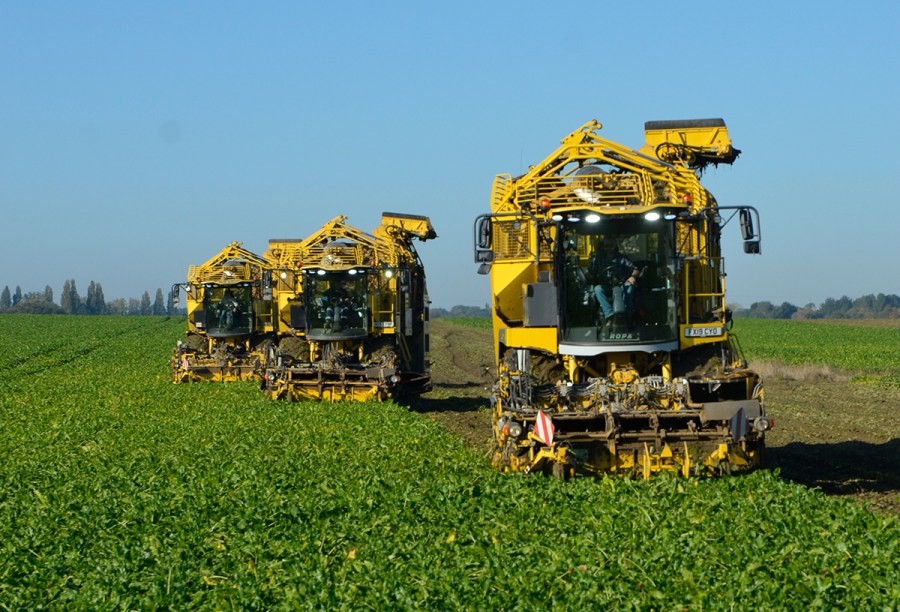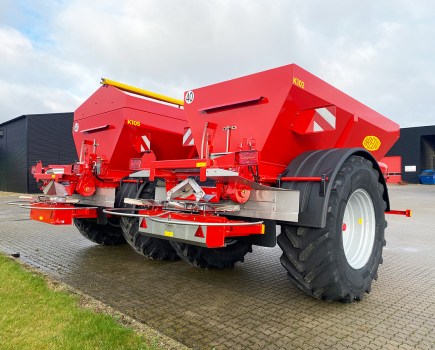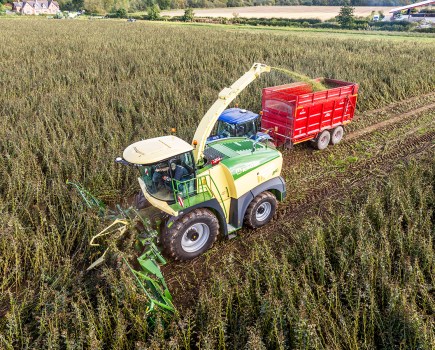British contractor David J Black & Sons three refurbished Ropa Tigers lift around 2,300ha of sugar beet a season.
KEEPING IT BRIEF
- Having co-owned a self-propelled beet harvester, the family looked for additional contracting work.
- Has a preference for buying used machines.
- Is based in Great Bentley, Essex, but operates in surrounding counties across 30 farms.
With the focus on cultivating, drilling and then harvesting sugar beet, the David J Black and Sons contracting business evolved out of a small mixed family farm at Great Bentley, in Essex. In the mid-80s, the farm bought a used self-propelled Matrot harvester with a neighbour, which the family eventually bought the machine outright and started looking for contract work.
Two other Matrots followed at different times. The last was replaced by a Vervaet 617, and the contracting business went on to run two of the Dutch made harvesters. One of 617’s is still used to lift the family farm’s beet. The second was swapped for the firm’s first Ropa in 2009; a 2005 machine bought from Norfolk-based CTM Harpley Engineering.
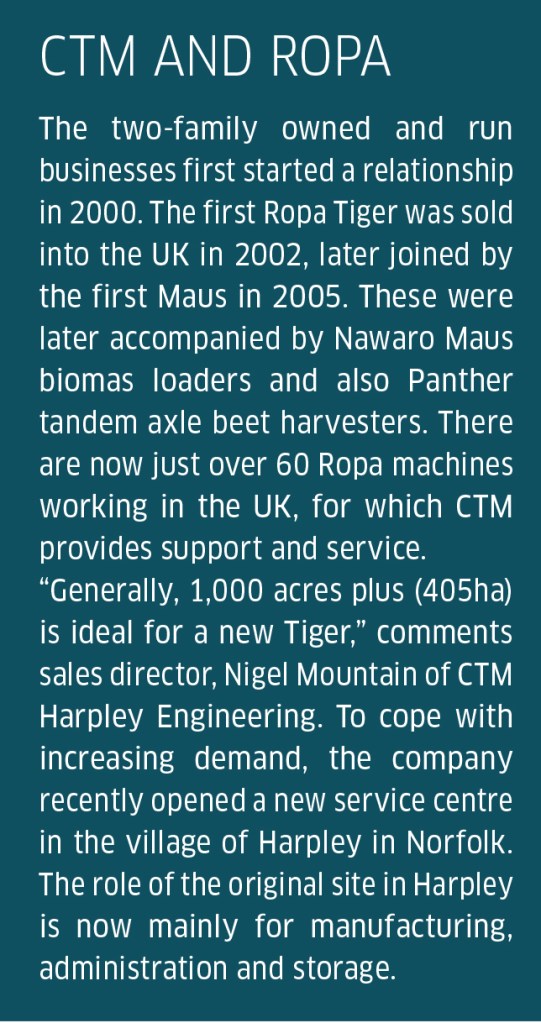
The German manufacturer had fully refurbished the 4,800-hour MAN-powered harvester at its Sittlesdorf facility.
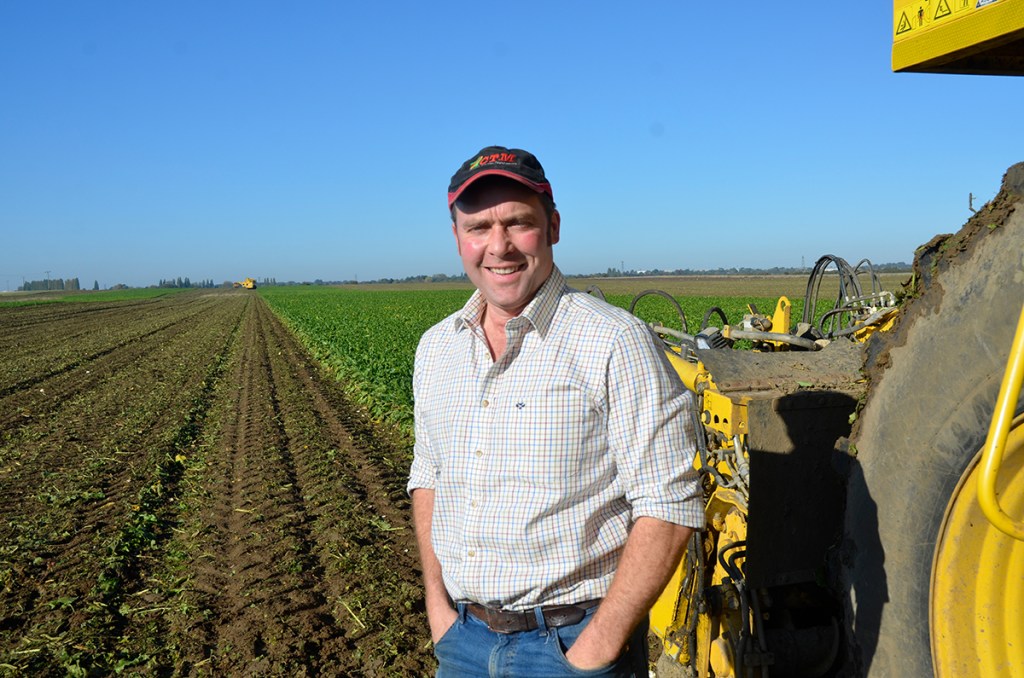
“We were amazed by its performance and have only just sold it,” says Robert Black, owner, operator of David J Black & Sons. “With us it lifted 1,200ha a season in the early years and a total of 8,000ha in 8,000 hours.”
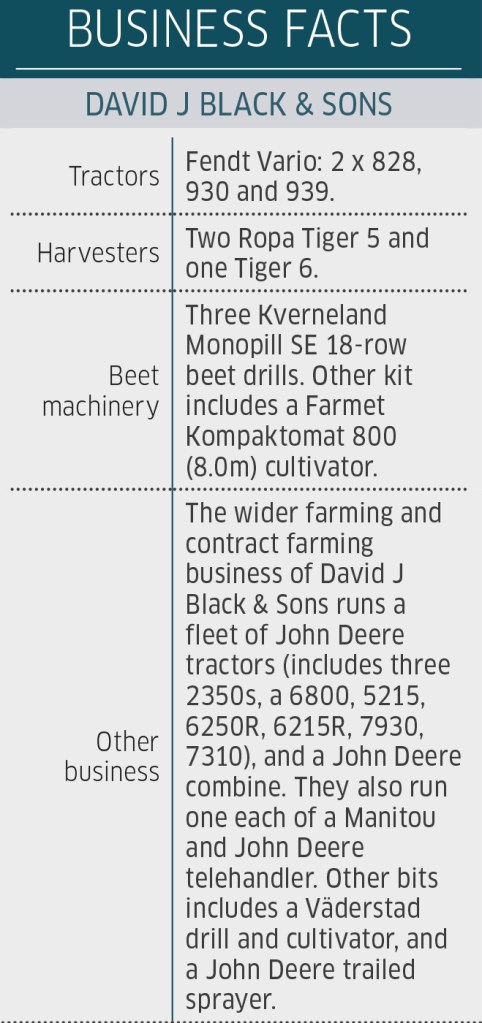
In need of a new engine, the contractor sold the 12,800-hour harvester for the new owner to convert to a chaser.
Robert bought another four-year old (2010) Euro Tiger V8-3 in 2014, and a third machine, a low-hour, part-exchanged Euro Tiger V8-3 from 2010, was imported from Germany in 2016. “We bought this one from Holmer and I went to Germany to see it.”

Four years later, the two Euro Tiger V8-3s were swapped for the current Tiger 5s, both of which are now on their fourth season. With 3,000 hours on its clock, Ropa fully refurbished one of them. “It was immaculate,” says Robert.
The contractor bought the second 4,000-hour Tiger 5 from a British farm. This was refurbished with support from CTM. The newest machine, a 2019-plated Tiger 6 (3,900 hours/3,300ha), arrived in March last year.
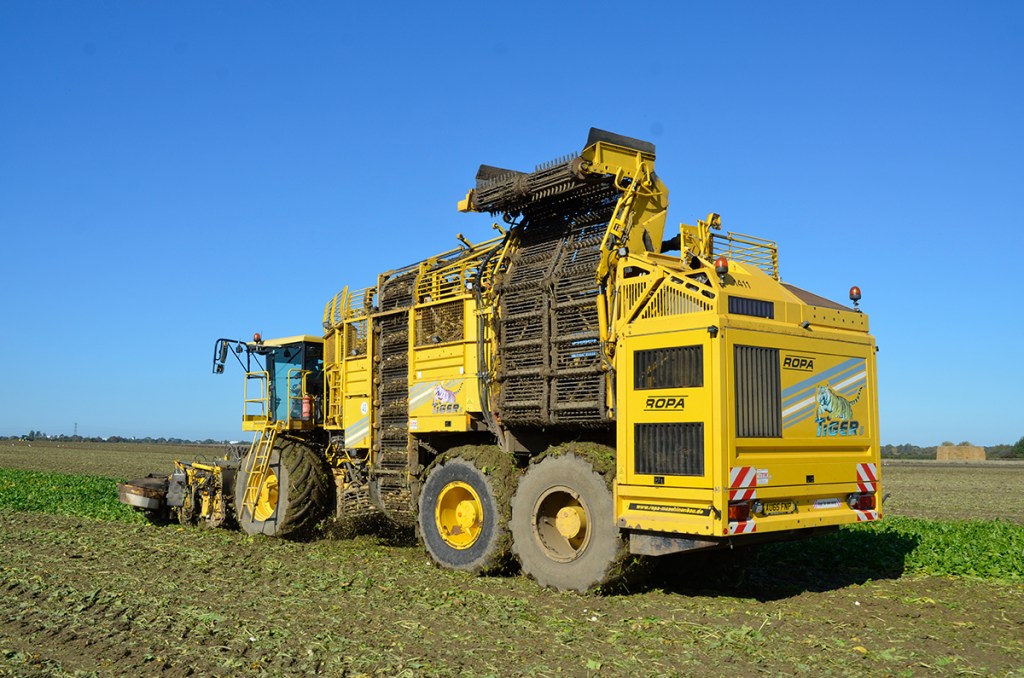
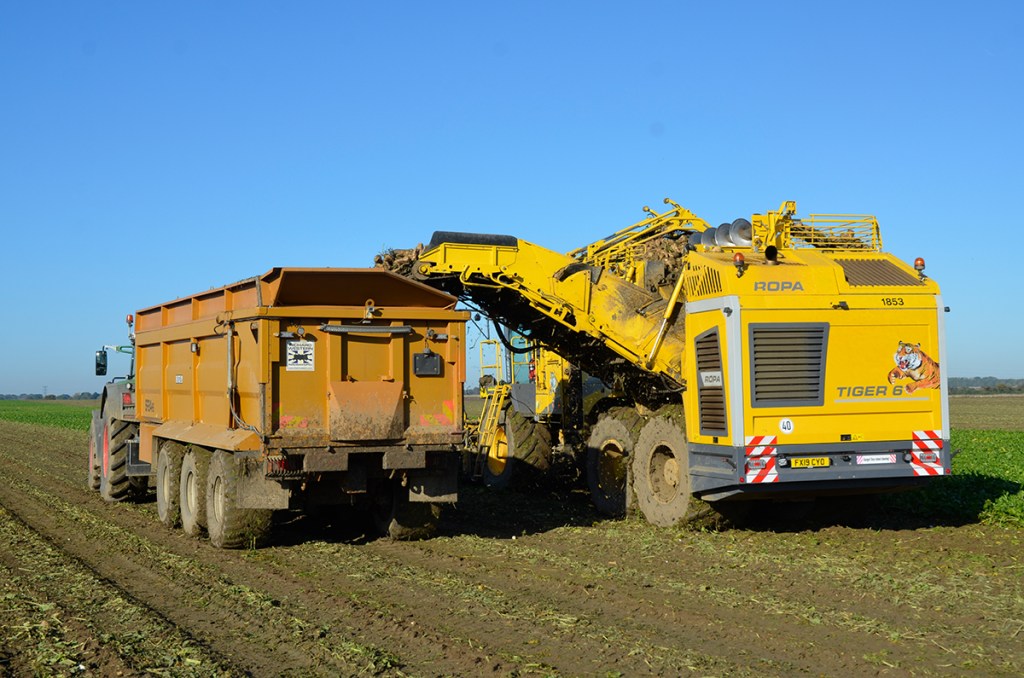
Preference for used
There is a very good reason why the contractor prefers a refurbished harvester to a new one.
“The risks in the sugar business are high,” says Robert, “and we have to build our business carefully. We lift beet at around 30 farms and have to be in lots of places at the same time. We need three harvesters, but it is simply too expensive to buy new ones. My preference is for a low-hour four-year-old machine that has been refurbished by Ropa or CTM.”
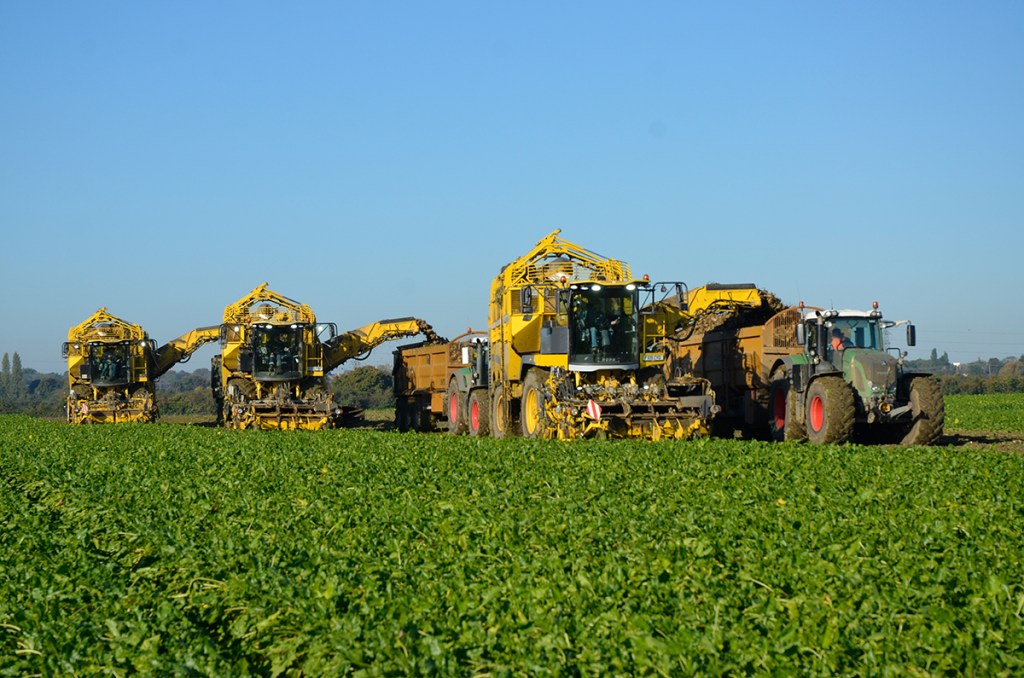
An opportunity to see all three Tigers in the field at the same time is rare, but there was ample space for the trio in the 40ha (100-acre) field, a short drive south of Cambridge.
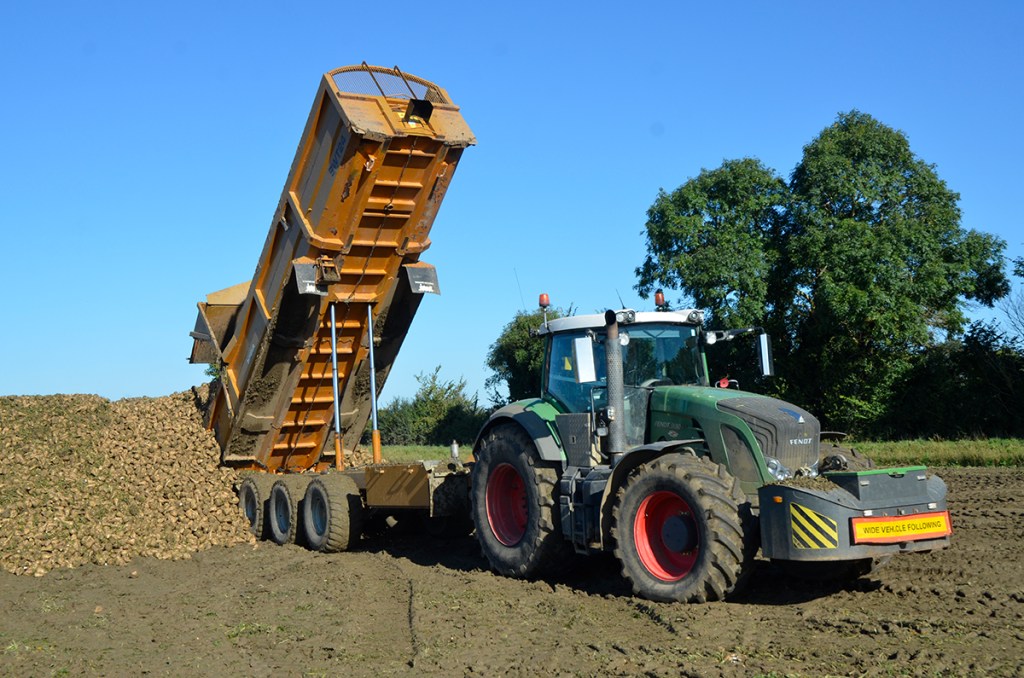
They lost nine days at the start of this season due to bad weather, but the campaign usually starts mid-September and ends early in February, with the contractor’s tractors notching up 1,000-1,200 hours of beet hauling work a season. There is one trailer for each harvester, and again, the contractor tends to buy used tractors. The exceptions were the ex-demo Fendt 939, which came in 2014, and the 828 which arrived new in 2015.
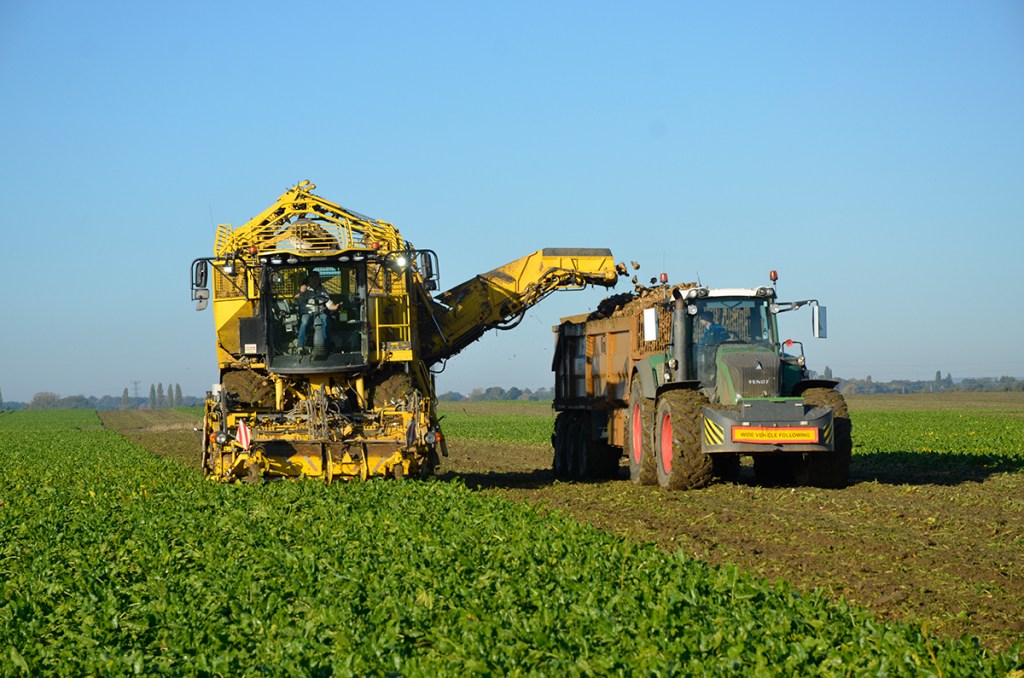
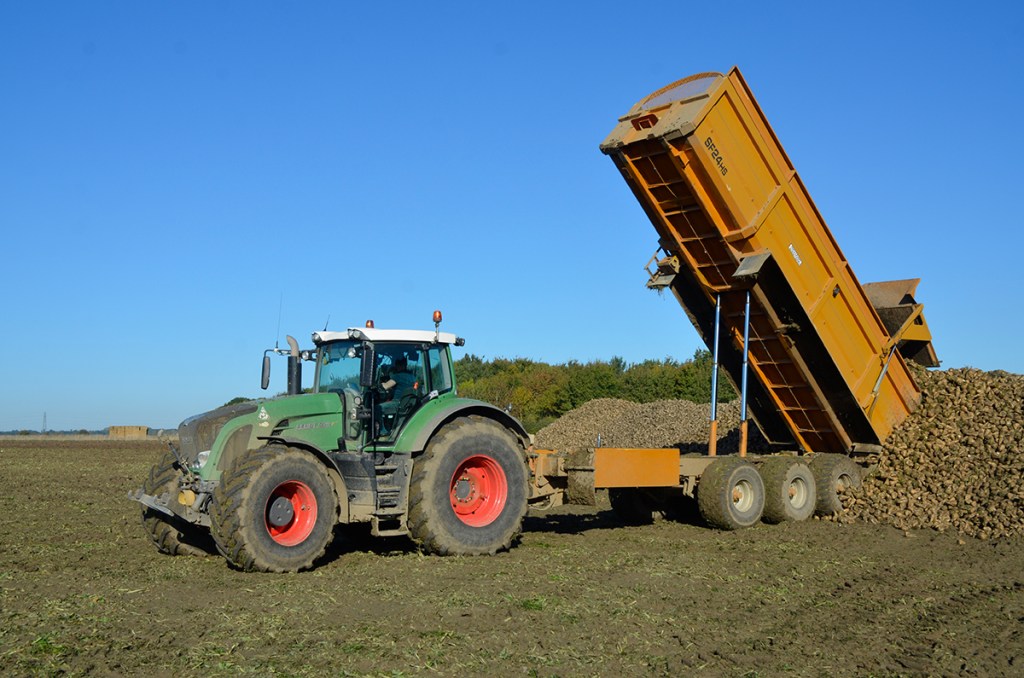
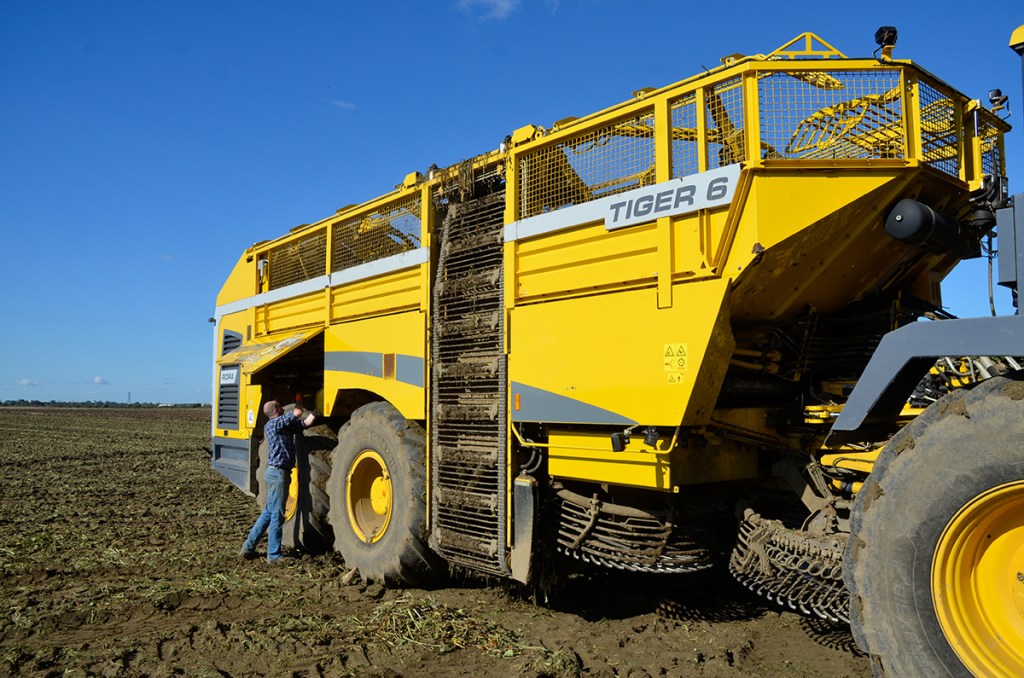
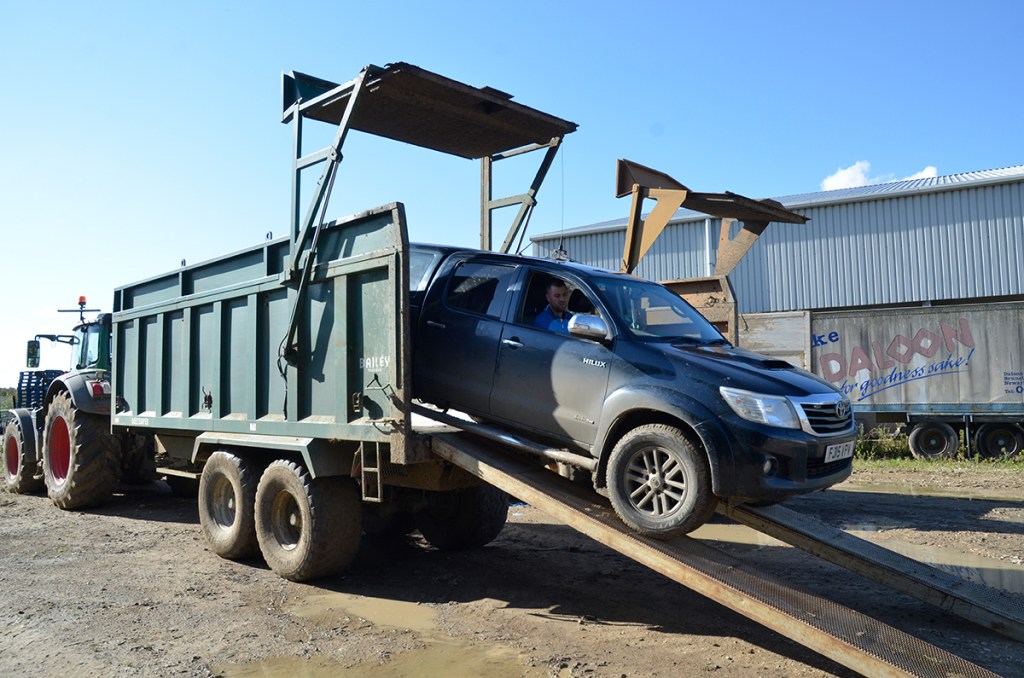
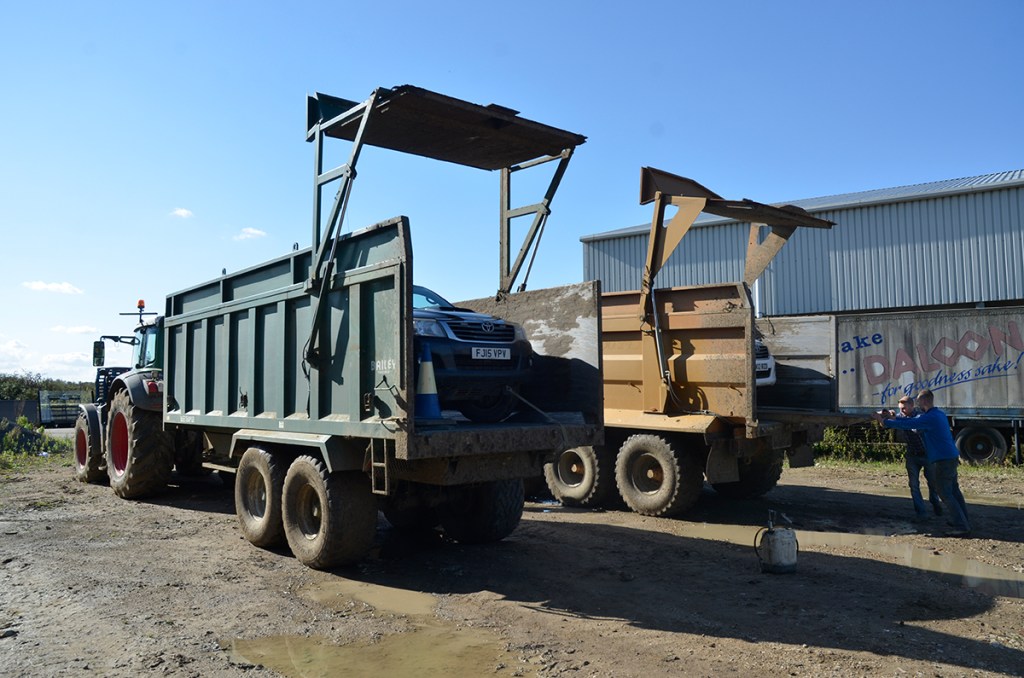
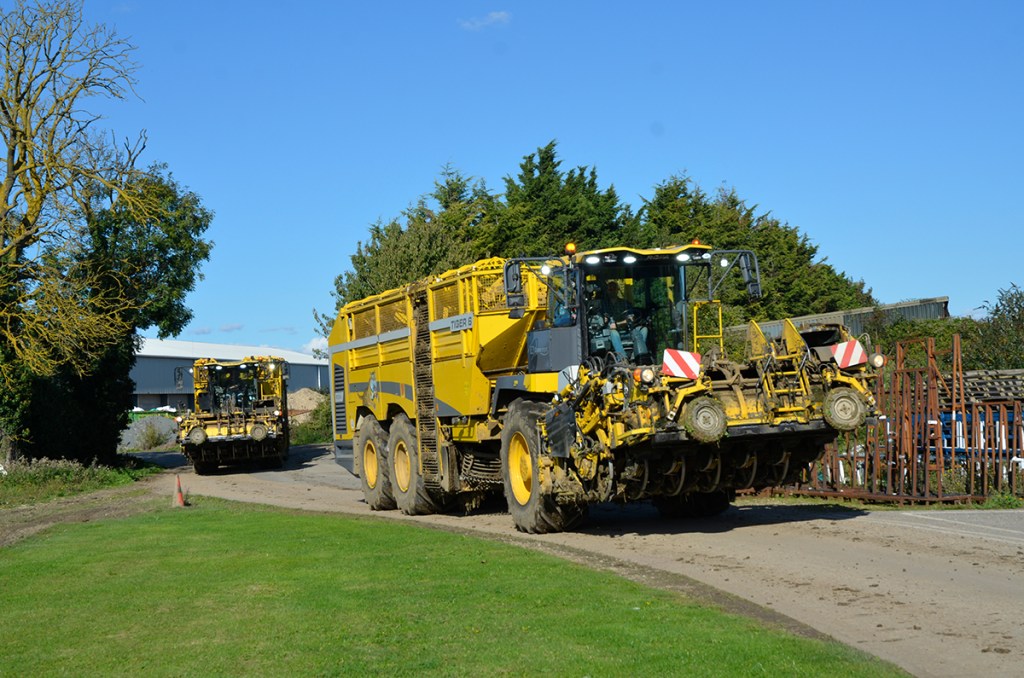
As well as working in Cambridgeshire, the contractor lifts beet in Bedfordshire, Essex, Hertfordshire and Suffolk. The farthest west they operate is 75 miles from base. The Cambridgeshire field we were in was 58 miles from the yard.
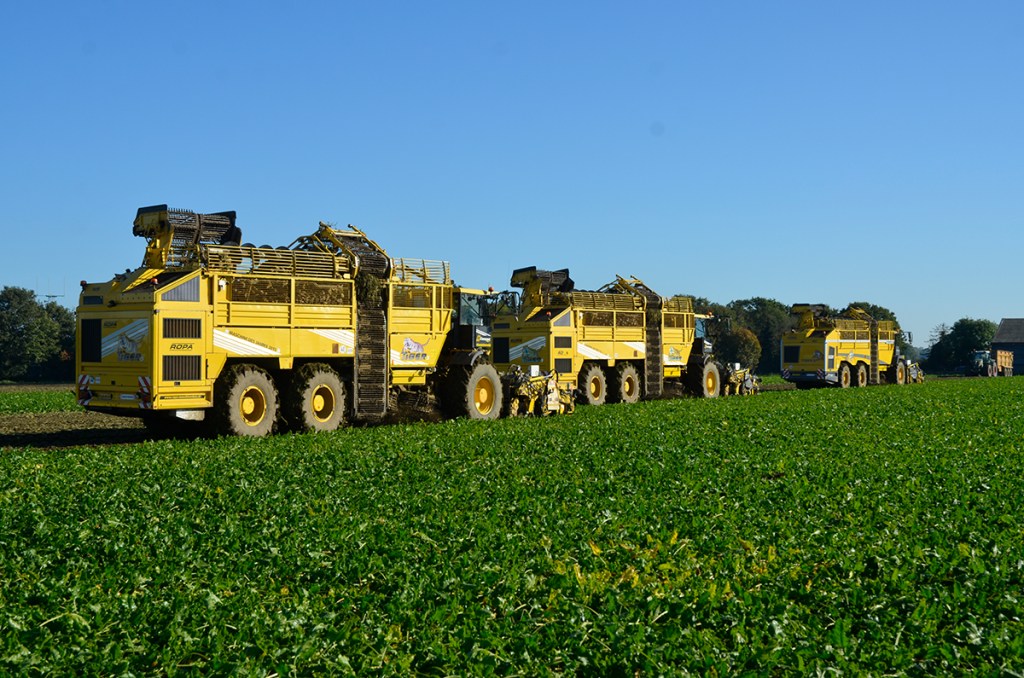
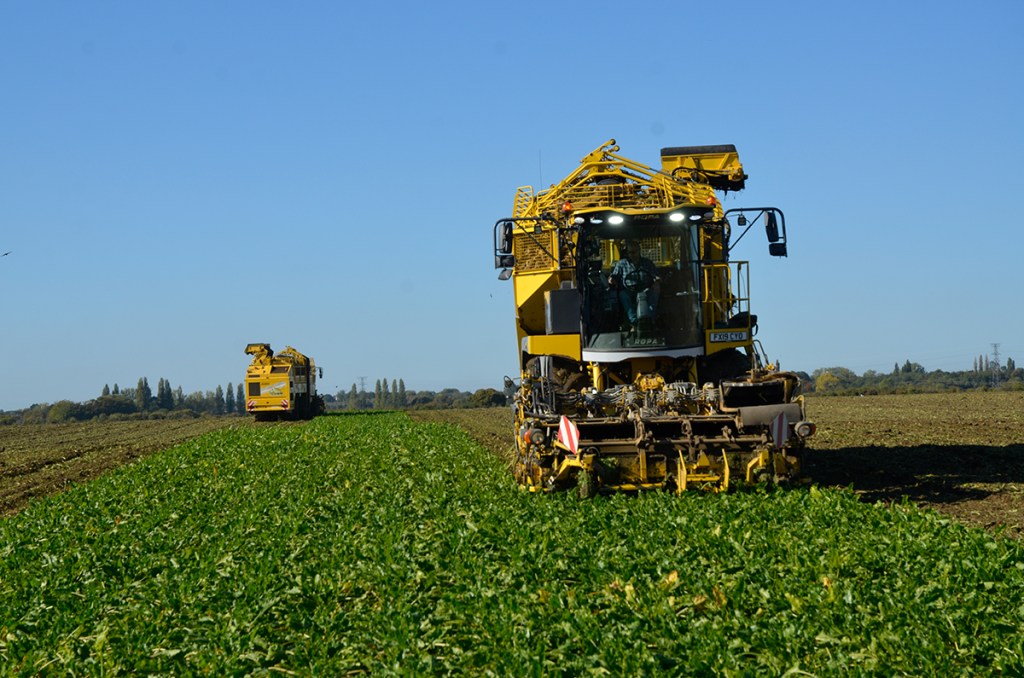
Robert’s business hinges on the staff. “I am fortunate in that we have a good, committed and hard-working team of full timers and seasonal drivers.”
Seasonal staff (UK and Ireland) drive the tractors. Robert pilots a Tiger 5. The second Tiger 5, and the Tiger 6, are in the capable hands of the contractor’s two full time staff. We joined friendly Irishman Mark Mcerlean in the Tiger 6 cab for a chat.
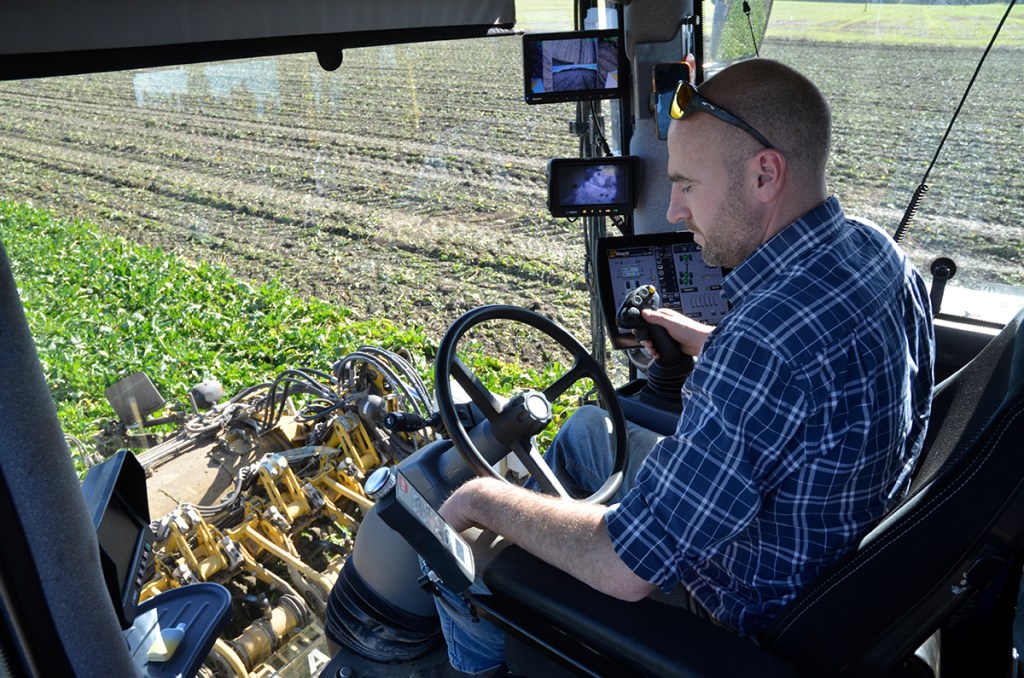
On the payroll for two years, Mark, a carpenter by trade, spent a season with the contractor in 2014. For the next few years, he helped his uncle’s silage contracting business, and also did seasonal work on a number of UK farms. He returned to Robert in 2020 and for the first year sat on a tractor. In 2021, he switched to a Tiger 5, which he also piloted in 2022 and 2023. Mark and his wife relocated to Great Bentley, in Essex, two years ago, and his fourth season is the first behind the controls of the Tiger 6.
“The Tiger 5 cab is fine, but the 6 is much quieter,” says Mark, “and there is extra storage space at the rear right of the cab for my lunch. The controls are identical, but visibility of the lifting unit is much better, and the independent shares greatly reduce the volume of soil coming into the machine. Automatic depth control is also new on the Tiger 6.”
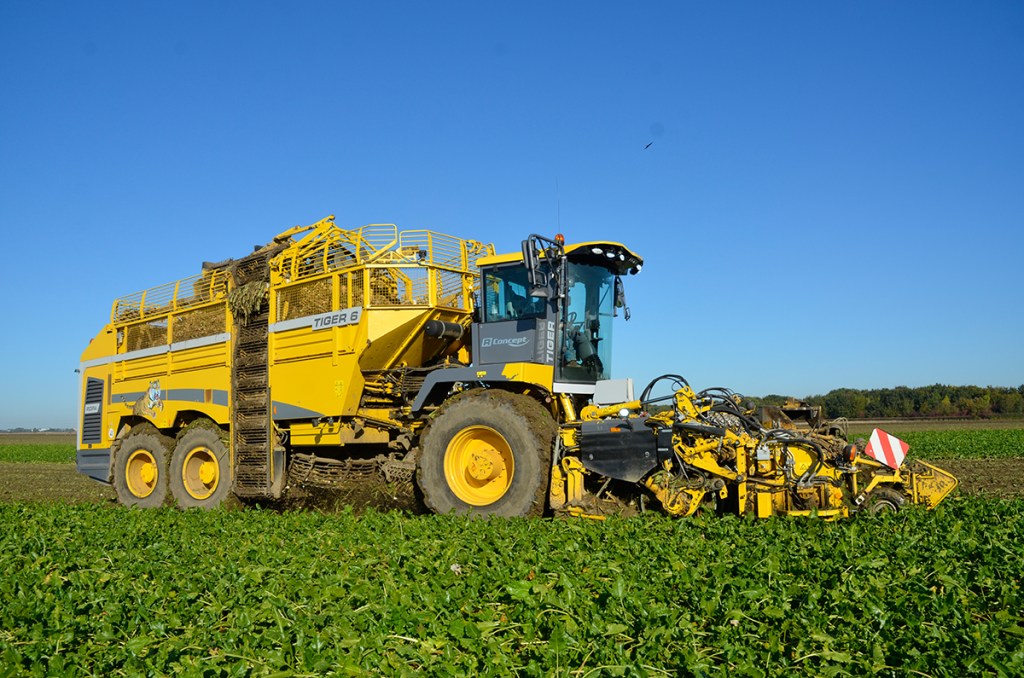
He also enjoys the more powerful 760hp 16l Volvo block in the Tiger 6, which is 142hp more powerful than the Mercedes engine in the Tiger 5.
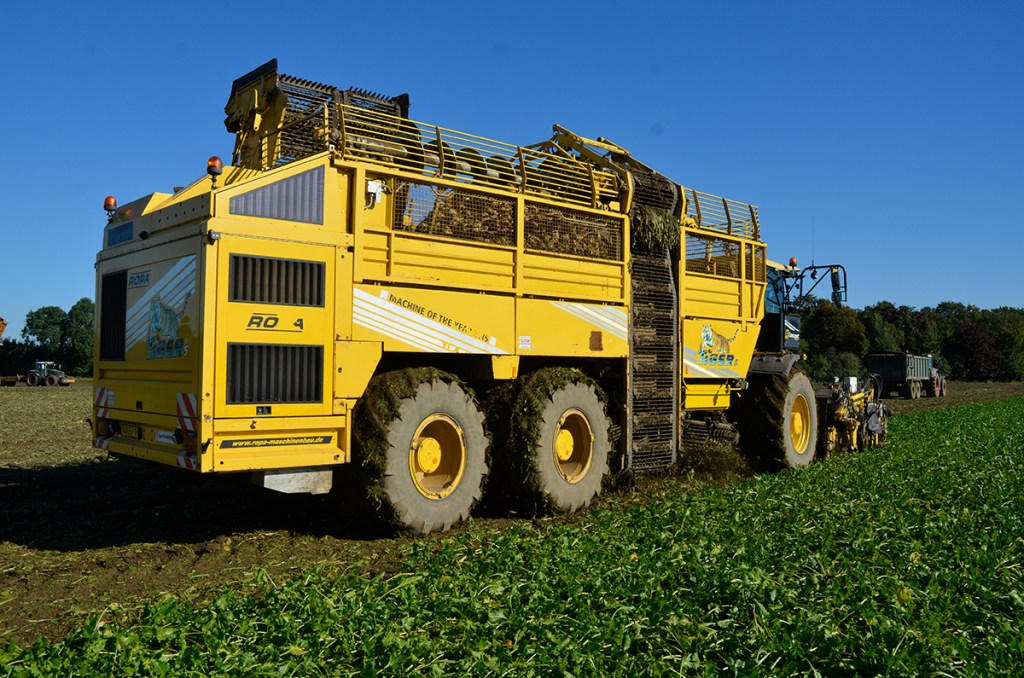
Weather permitting, beet harvesting is a seven day a week job. The team usually stops for two weeks at Christmas, but this can change if it is dry and the factory needs beet. Everyone aims to be in the yard by 5:00am. When they are at the edge of the work area it can take an hour to drive to the machines. By the time they have greased and fuelled up they are normally ready to start harvesting 7:00-7.30am.
On some days they do not stop until late in the evening (Robert provides a hot meal for everyone), and it can be an hour’s drive back to the yard. Sometimes it makes more sense to stay in a hotel, which on average they do around 14 nights per season.
“Also, if we know it is going to rain then we crack on into the night, and sometimes until the next morning,” adds Mark.
At the end of the beet lifting season, he switches to getting the 18-row Kverneland drill ready for action, and is then straight out to the field for four weeks with a Fendt 828 – the harvesters are maintained when the four-week drilling season is finished with technical support from CTM.
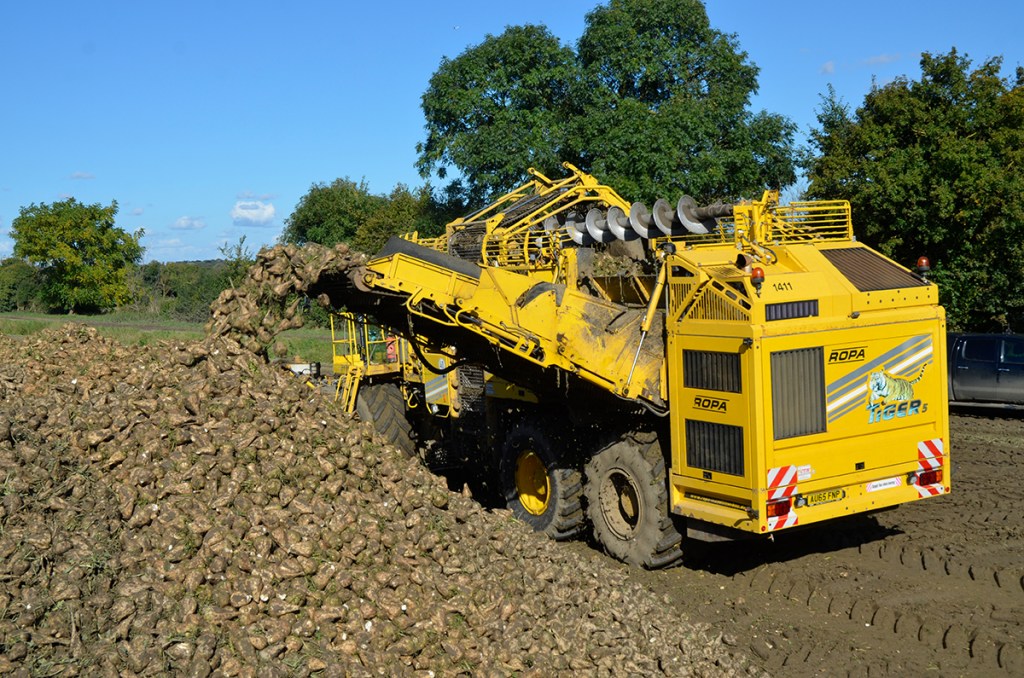
The future
Robert is optimistic for the future, but stresses the need to maintain a good sugar price to ensure a fair return for everyone.
“This year’s price of £40/t is good for industry security and reinvestment in new equipment,” he points out. “The problem with us is that we run an ageing fleet, and I am trying to fathom out if we will be buying tractors in the future or leasing them. I need to think two years ahead, but will not spend upwards of £250,000 on a tractor. Ideally, we would like to buy a few more used Fendt 900s at some point. We like them for their power and comfort.”
The contractor has no short-term plans to part-ex any of the three harvesters, but longer term he will be in the market for another Tiger 6.
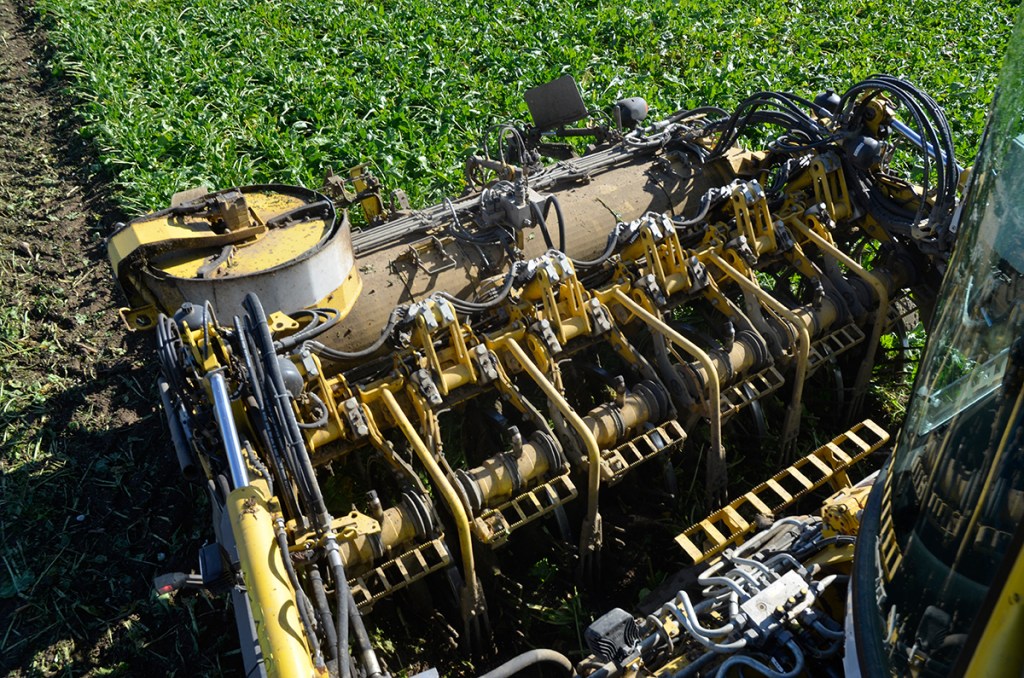
“We are an expanding business and are looking for more cultivating, drilling and harvesting work. We will need to expand the tractor and harvester fleet in a few years.”
Robert is well pleased with the performance, output and reliability of the Tiger, and says that the real benefit of a three-axle machine is stability both on level and hilly land. “Also, the large bunker enables one trailer to keep up when clamping in large fields.”
He is also impressed with the support he receives through CTM, and of the manufacturer’s ability to react quickly to diagnose a fault. Robert also likes the fact that Ropa is happy to engage with customers directly when developing new machines and resolving issues. “It is a huge business but with a family touch.”
Steven Vale
For more up-to-date farming news click here and subscribe now to profi and save.

